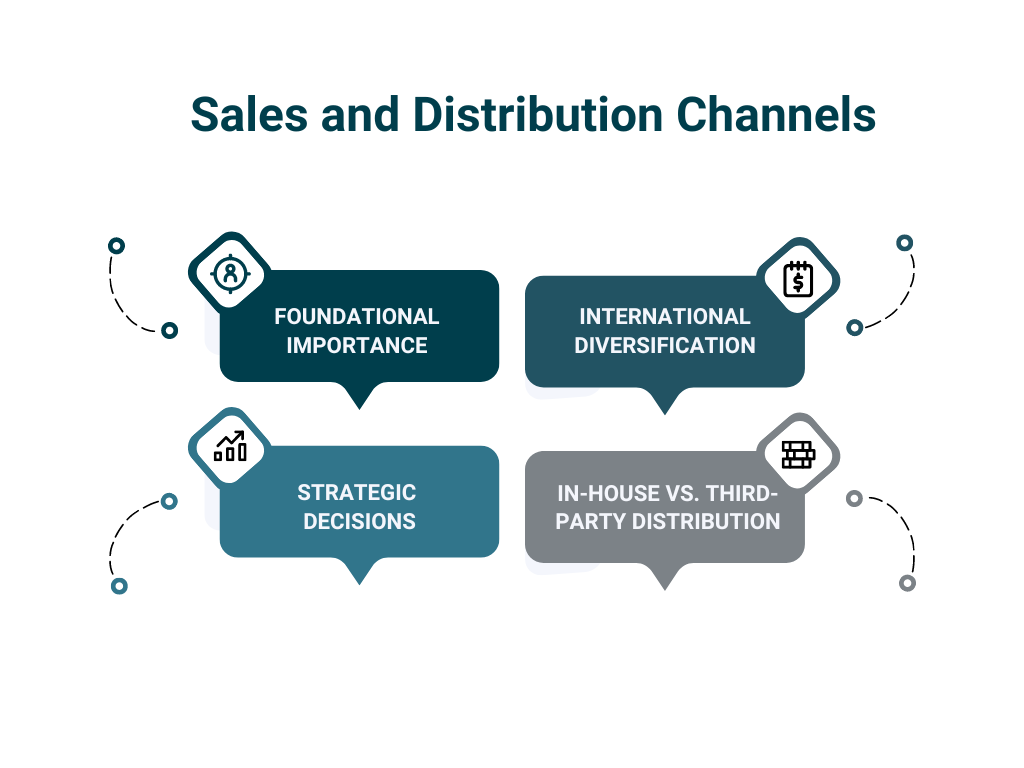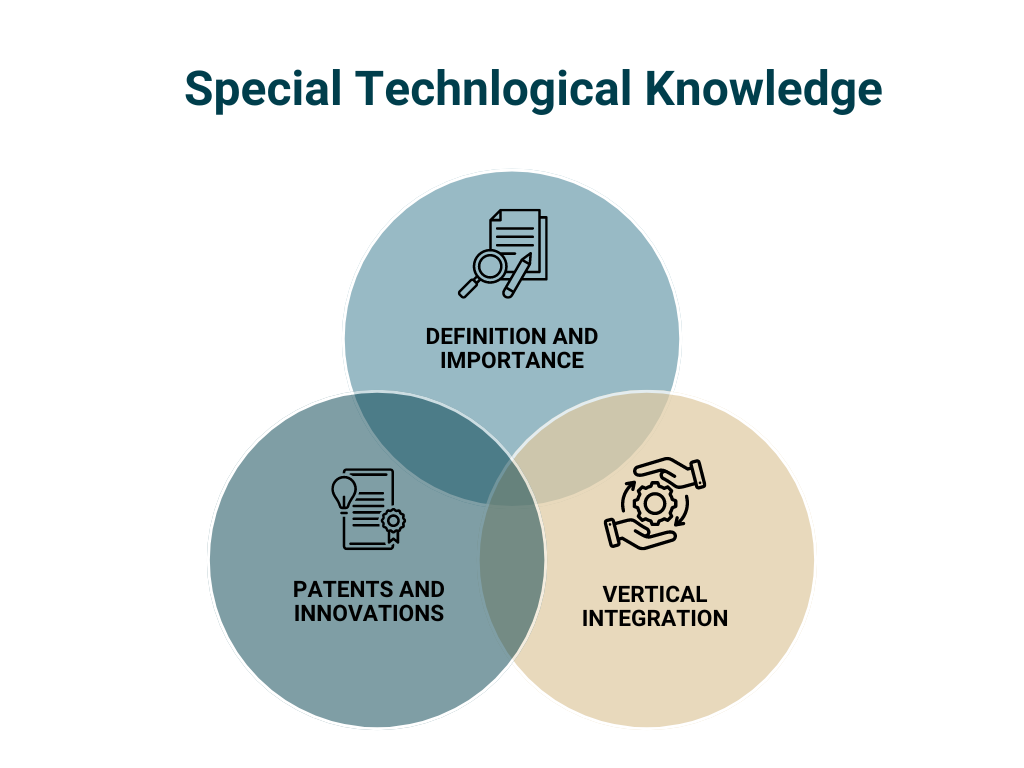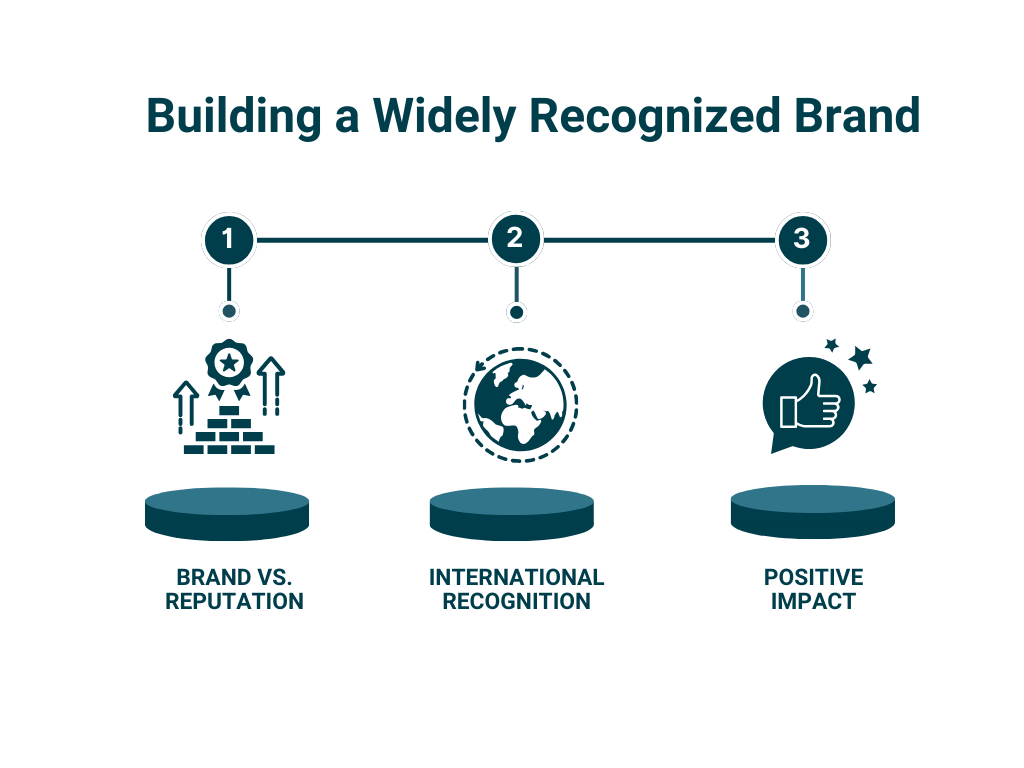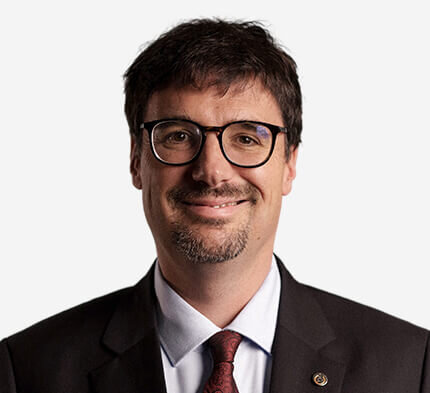How to Build Long-Term Sustainable Company Value
All too often business owners don’t focus enough on the operational elements required to ensure their company out survives them. So, what ensures a company endures? We looked at transactional and investor discussions and identified three crucial elements, which, if developed over a period of 3 to 5-years, can comprehensively transform the business and increase its value.
The medium- to long-term sustainability of the business model is a key element in assessing company value. Owners often argue that the asset base, established business relationships, and goodwill can sustain a company in the long-term. However, existing commitments to volume with suppliers, and price with clients, are often unknown or weak in the short- to medium-term. Global competition is rife, and many European companies have quickly lost their market share to Chinese or Eastern European suppliers. While Chinese suppliers can lose their customers to African, other Asian, and, in some cases, Central and Eastern European suppliers. So how can we minimise this uncertainty?

The first element in building sustainable company value is to firmly establish your sales and distribution channels. We often see that companies are founded to address a specific problem for a specific client, and because this works, they fail to take strategic decisions to establish sales and distribution channels.
International diversification can reduce dependence on the domestic market and is often a significant step forward, in terms of efficiency, cost advantages, and risk reduction.
Whether international sales should be managed in-house or through third-party distributors is an important strategic and financial decision. On the one hand, managing sales internally provides greater control, but on the other it requires significant time and investment. Having said this, buyers do tend to value in-house distribution channels over sales through third parties, as they view them as more sustainable. The main reason for using a third-party provider is because it is quicker, however, care should be taken in the negotiation as companies often give up huge profit potential (up to 40% of the total), and lose control over their sales. Nevertheless, it is possible to build a strong, stable, profitable market position with third-party sales and distribution.

The second element is what we might call special technological knowledge. Here the key question is how special this technological knowledge needs to be. For example, it is not enough for a company to be the only one in its country to have access to a family of Italian machines, since another company, working with the same machines, in a different country can easily compete.
The fact that a company consistently has the largest market share at home, is, again, not enough, the technological knowledge should sustain long-term international competition.
There is also nothing special about a company with no local partner acquiring a machine in another country with government support since work must be found for the machine. So, what is classed as special technological knowledge? Naturally, it includes anything which can be patented. Beyond this, elements of vertical integration, where a company has helped its client develop something new in a certain field, establishing itself as a key element in the value chain, can be considered special.

The third element is a widely recognized brand. A brand is more than mere market awareness; and must be a source of value for the company. This means that the brands of company, product, or service must have a positive impact on the consumers. The owner's personal brand, fame or reputation has no bearing on that of the company. Similarly, 30 years of reliable production and quality work, do not in themselves create a brand. To be considered a widely recognised brand for these purposes, the brand must be internationally recognized, and the associated reputation must add value.
All three elements take time to build and involve capital risk. At the same time, they play a serious role in generating and maintaining profit levels and avoiding the risk of profit decline. Thus, their development is value-increasing in the long run.
These elements can be built in greenfield investments and through acquisitions. At IMAP, we can help if you’d like to move in this direction, through acquisitions both abroad (and at home).
Let us share a case study of one of our clients who was able to gain significant positions in foreign sales and distribution, special technological knowledge, and branding through a major foreign transaction.
Last year, a key German competitor of our Hungarian industrial client became financially instable. Our client saw the opportunity to provide the troubled company with a capital injection, in return for a significant minority stake in the German company. This was a brave move; we know few in Hungary who would put millions of Euros into a loss-making foreign business. However, it paid off and in a relatively short time, our client has leveraged synergies to create value in the Hungarian company.
They achieved this in several ways. Firstly, through the acquisition, the Hungarian company learned a great deal about technology, process organization, quality assurance, and control. They were also able to grow the market share of some Hungarian products in Germany. For market reasons, the Hungarian company had to reduce production and was able to employ its workers in Germany to avoid painful layoffs. During their time in Germany, the employees gained significant professional experience in more efficient production conditions.
In the other direction, the German company was surprised by the progress of its Hungarian partner in process digitalization. The German headquarters were able to copy the digital solutions of the Hungarian company (particularly in placement and order management) which increased efficiency.
As a result of the transaction, our client was able to leverage all three elements from the German company: sales and distribution channels, special technological knowledge, and a widely recognised brand. Given the level of collaboration and communication with the German company, our client also gained in-depth knowledge which led to new relationships and opportunities in Western European markets.
Based on our positive experience with this transaction and others, we encourage our clients to consider acquisitions designed to leverage sales and distribution, special technological knowledge and widely recognised brands, and to do so in Western Europe.
